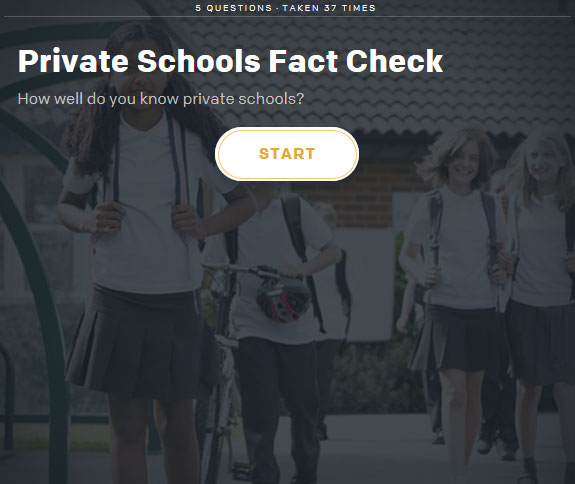Promoting Access and Equity in Mathematics
By Matt Larson–NCTM President-Elect; Houghton Mifflin Harcourt Math Author
 In Principles to Actions: Ensuring Mathematical Success for All, the National Council of Teachers of Mathematics [NCTM] argues in the Access and Equity Principle that: In Principles to Actions: Ensuring Mathematical Success for All, the National Council of Teachers of Mathematics [NCTM] argues in the Access and Equity Principle that:
An excellent mathematics program requires that all students have access to high-quality mathematics curriculum, effective teaching and learning, high expectations, and the support and resources needed to maximize their learning potential (NCTM, 2014, p. 59). |
The Access and Equity Principle is critical to student success in mathematics. After all, unless students have access to a powerful curriculum, access to appropriate tools and technology, access to meaningfully utilized assessments, and access to teachers who employ research-informed instructional strategies, it doesn’t matter how outstanding these other programmatic elements are.
The purpose of this article is to describe some of the research-informed supports schools are putting in place to promote student access to meaningful mathematics and improve student learning.
Eliminating Low-Slow Groups
Schools that promote access and equity are eliminating their low or slow instructional groups. Although tracking is often viewed as a secondary concern, the reality is that “tracks” in mathematics are often established as early as the primary grades when students who struggle in kindergarten are placed in a low-slow mathematics group in first grade. Once placed in these low instructional groups it is very difficult for students to move to an on-grade level group (Flores, 2008). In many elementary schools, and even into the middle grades, math instruction is frequently organized into high, medium, and low groups, with corresponding expectations for students (Baifora & Ansalone, 2008).
Students in high groups typically have access to mathematical ideas, concepts, and problem solving, whereas students in low groups tend to repeat the same basic computational skills (Boaler, Wiliam, & Brown, 2000; Tate & Rousseau, 2002).
The research indicates that when students believed to be less capable of learning are given access to grade-level curriculum and appropriate support, they are capable of being successful (Griffin, Case, & Siegler, 1994; Knapp, Shields, & Turnbull, 1995; Silver & Stein, 1996; Usiskin, 2007). Schools that maintain low instructional groups tend to see the achievement gap between students placed in low- and high-instructional groups widen over the years of schooling (Flores, 2008; Tate & Rousseau, 2002).
While the elimination of low-instructional groups is a critical first step to providing all students with access to quality curriculum and effective instruction, it will not be successful without the simultaneous implementation of common assessments and differential instructional time and supports.
Common Formative Assessments
Student access to quality grade-level curriculum is made possible by the implementation of common assessments linked to additional targeted instruction. Implementing common assessments means, for example, that every student in grade 2 takes the same assessment. These common assessments not only establish a common high expectation for student learning, but the key is to use the results formatively.
Additional Instructional Time and Support
One of the most effective interventions in mathematics is an approach to instruction that implements common formative assessments and then uses the results of the formative assessments to form smaller groups of students who receive additional instruction in the skills and concepts with which they are struggling (Baker, Gersten, & Lee, 2002). The critical point is that the targeted supplemental instruction takes place in addition to whole-class instruction instead of in place of it. Students are not removed from grade-level instruction to receive targeted support. In too many cases, traditional interventions have failed because they are not done in addition to whole-class instruction but instead of it (Larson et al., 2012).
The research is clear that highly effective schools allow instructional time and support to vary in order to meet student needs (DuFour et al., 2004; Lezotte, 1991). One way to accomplish this at the elementary level is to provide 60 minutes of daily whole-class math instruction and compact other parts of the day to create a daily thirty-minute block of time designated for additional mathematics instruction. Teachers meet regularly in grade-level collaborative teams to identify student needs based on formative assessment results and students are re-grouped for targeted support during the intervention time.
At the middle level, one successful approach to providing additional time and instruction is “fluid” math intervention. With “fluid intervention,” collaborative grade-level or subject teams analyze common assessment results (administered every three weeks) and regroup students into three distinct one-week interventions for targeted support in addition to their regular math course. Some students might receive one-week of targeted support, others two, three, or none during each assessment cycle.
This approach is based on research that supports enrolling middle-level students in on-grade-level courses with additional “workshop” support (Burris, Heubert, & Levin, 2006) driven by the results of frequent assessment (Baker, Gersten, & Lee, 2002; Buffum, Mattos, & Weber, 2012; NMAP, 2008). The key factor is that the targeted support is fluid, students move in and out as need arises, and support is linked directly to the grade-level curriculum.
At the high school level, double-period versions of the core courses of algebra, geometry, and algebra 2 can be offered. The double-period approach permits students to receive the support they need to be successful, but does not put students behind in the mathematics curriculum, allowing them access to upper-level mathematics courses before they graduate.
As early as 2000, the National Council of Teachers of Mathematics proposed that “Equity does not mean that every student should receive identical instruction; instead, it demands that reasonable and appropriate accommodations be made as needed to promote access and attainment for all students” (p. 12). Schools that promote access and equity in mathematics make accommodations in time and instructional supports to ensure that all students have access and the support necessary to be successful in challenging grade-level mathematics and upper-level mathematics courses in high school.
References
|



 In Principles to Actions: Ensuring Mathematical Success for All, the National Council of Teachers of Mathematics [NCTM] argues in the Access and Equity Principle that:
In Principles to Actions: Ensuring Mathematical Success for All, the National Council of Teachers of Mathematics [NCTM] argues in the Access and Equity Principle that:




